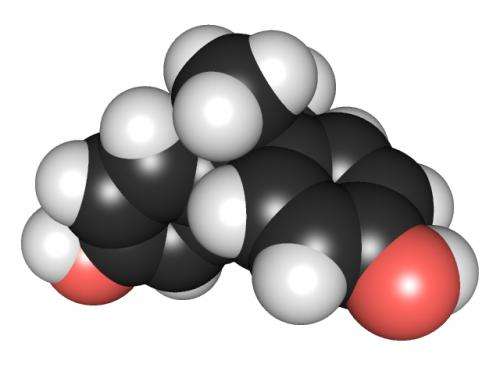
A new study by Simon Fraser University’s Faculty of Health Sciences researchers—published today in the American Journal of Epidemiology—found correlations between increased expressions of autistic-like behaviors in pre-school aged children to gestational exposure to select environmental toxicants, including metals, pesticides, polychlorinated biphenyls (PCBs), phthalates, and bisphenol-A (BPA).
This population study measured the levels of 25 chemicals in blood and urine samples collected from 1,861 Canadian women during the first trimester of pregnancy. A follow up survey was conducted with 478 participants, using the Social Responsiveness Scale (SRS) tool for assessing autistic-like behaviors in pre- school children.
The researchers found that higher maternal concentrations of cadmium, lead, and some phthalates in blood or urine samples was associated with increased SRS scores, and these associations were particularly strong among children with a higher degree of autistic-like behaviors. Interestingly, the study also noted that increased maternal concentrations of manganese, trans-Nonachlor, many organophosphate pesticide metabolites, and mono-ethyl phthalate (MEP) were most strongly associated with lower SRS scores.
The study’s lead author, Josh Alampi, notes that this study primarily “highlights the relationships between select environmental toxicants and increased SRS scores. Further studies are needed to fully assess the links and impacts of these environmental chemicals on brain development during pregnancy.”
The results were achieved by using a statistical analysis tool, called Bayesian quantile regression, that allowed investigators to determine which individual toxicants were associated with increased SRS scores in a more nuanced way than conventional methods.
Source: Read Full Article
